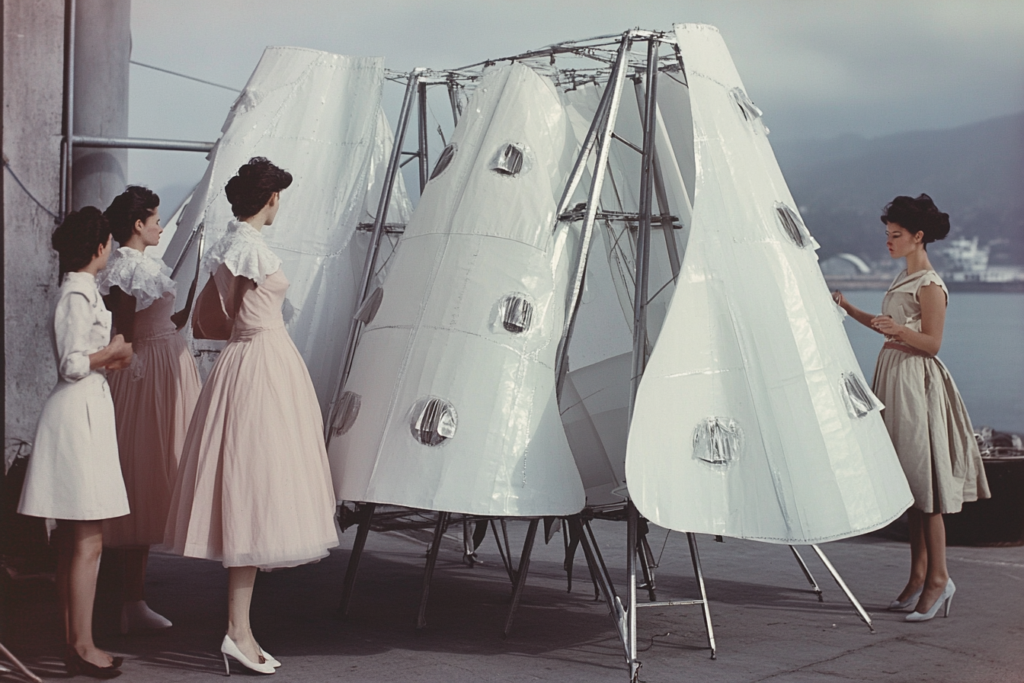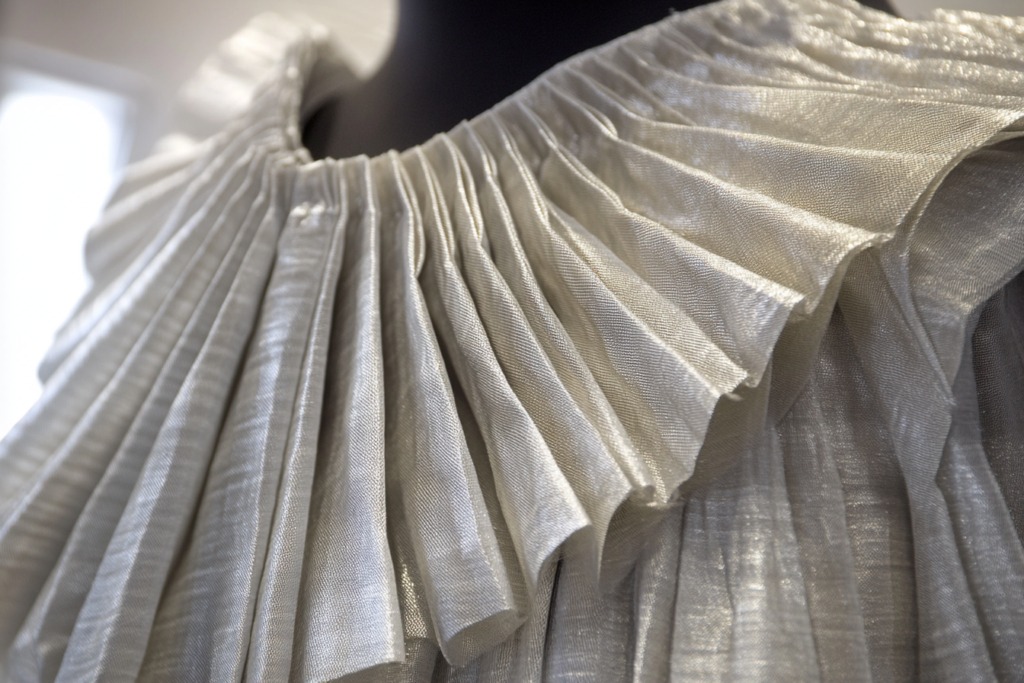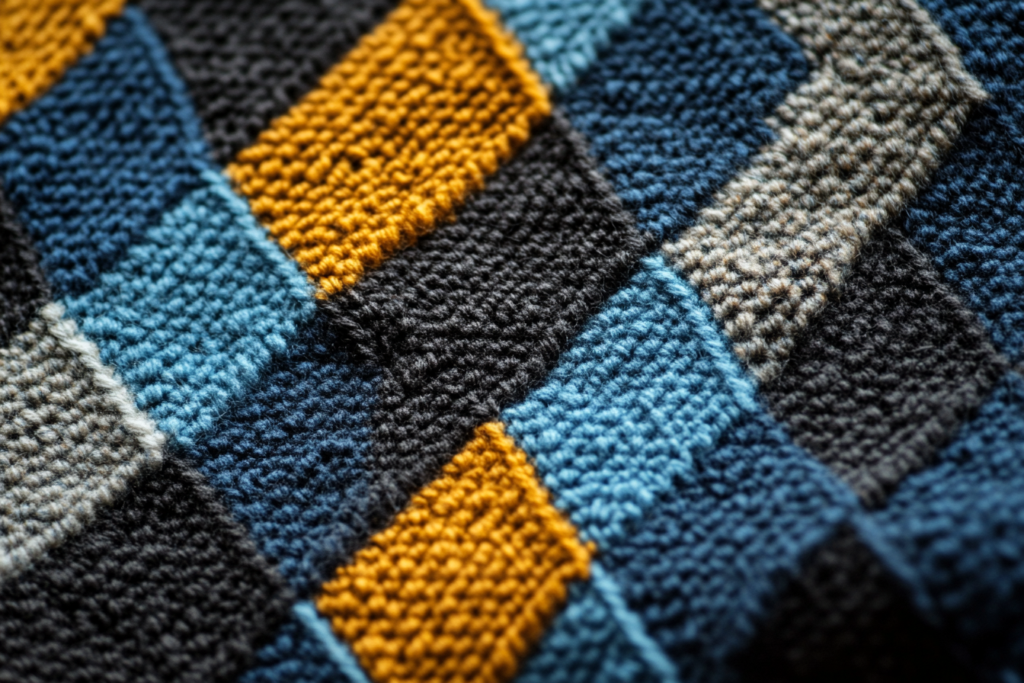Tent Dress: The Sculptural Garment That Defined a Decade
Meta Description: The tent dress is a sculptural garment shape, originally used in coats by Balenciaga and later adapted in the 1950s for both coats and skirts. Learn about the iconic fashion design and its evolution.
What is a Tent Dress?
The tent dress is a voluminous garment that is designed with a scaffold-like shape, giving it a loose, flowing silhouette. This distinctive shape is achieved by creating a wide, unstructured form that flares out from the shoulders or bust and gradually tapers toward the hem. The tent dress is typically knee-length or longer, and its minimalist design makes a bold statement with its simplicity and exaggerated proportions.
The tent dress was first used on coats by the Spanish designer Cristóbal Balenciaga in the 1950s. His innovative use of architectural shapes in fashion revolutionized the way garments could be designed and worn. Over time, the tent dress evolved and was adapted into a wider range of coats, skirts, and dresses, becoming one of the defining styles of mid-century fashion.


The History and Evolution of the Tent Dress
1. Balenciaga’s Influence
- Cristóbal Balenciaga was a pioneer in creating sculptural shapes in fashion. His tent coats introduced in the 1950s featured dramatic proportions and an architectural structure that set the foundation for the tent dress silhouette. Balenciaga’s work was known for its innovative tailoring and bold volumes, which challenged traditional garment shapes.
2. The 1950s Fashion Revolution
- The 1950s saw a dramatic shift in women’s fashion as designers began to experiment with silhouettes that were far removed from the hourglass figure promoted by Christian Dior’s New Look. The tent dress, with its dramatic volume, became a symbol of freedom from the tight-fitting garments that had been dominant in previous decades.
- Coats in the tent shape were particularly popular in the early part of the decade, followed by the widespread adaptation of the style for dresses and skirts. These garments were typically made of wool, tweed, or silk, and they often featured minimal detailing, focusing instead on the volume and flow of the fabric.
3. The Tent Dress in the 1960s
- As fashion continued to evolve, the tent dress became a staple in the 1960s, especially as part of the mod movement. Designers like Pierre Cardin and Mary Quant embraced the shape, using bold patterns, graphic prints, and bright colors to emphasize the fun and youthful energy of the style.
- The tent dress was reworked for a younger audience, often paired with flat shoes or go-go boots for a more casual and playful look.
Key Features of the Tent Dress
1. Loose, Boxy Shape
- The defining characteristic of the tent dress is its wide, loose silhouette. The garment does not have a defined waist, instead flowing freely from the shoulders or bust to the hem.
2. Exaggerated Proportions
- The tent dress often features exaggerated volume, with the fabric flaring out dramatically from the body. This voluminous shape creates a sculptural effect, making the garment a standout piece.
3. Minimalist Design
- Typically, the tent dress has a clean, minimalist design. It avoids excessive embellishments or decorations, focusing instead on the boldness of the shape. The simplicity of the dress allows the silhouette itself to be the focal point.
4. Versatile Fabric Choices
- Tent dresses can be made from a variety of fabrics, ranging from heavy materials like wool and tweed for outerwear to lighter fabrics like cotton and silk for dresses and skirts. The choice of fabric affects the overall structure of the dress, with heavier fabrics providing more defined volume and lighter fabrics allowing for more fluid movement.
Styling the Tent Dress
📌 Casual Chic
- A tent dress can be styled for casual wear by pairing it with flats or sneakers. For a comfortable look, go for a simple cotton or linen version in a solid color or subtle print. Add a wide-brimmed hat or sunglasses for a retro-inspired vibe.
📌 Sophisticated Elegance
- For a more formal look, choose a silk or tweed tent dress. Pair it with elegant heels or ankle boots and accessorize with statement jewelry for a chic, sophisticated appearance. The voluminous shape of the tent dress can be a striking choice for evening events.
📌 Layering for Winter
- The tent coat, made of wool or tweed, is a perfect layering piece for winter. It can be worn over turtlenecks, blouses, or sweaters. The oversized shape of the tent coat ensures it accommodates layering comfortably while still retaining its dramatic silhouette.
Illustration of the Tent Dress
Here is an illustration of the tent dress, showcasing its exaggerated, scaffold-like shape that was first used on coats by Balenciaga in the 1950s.

Conclusion: The Enduring Appeal of the Tent Dress
The tent dress remains an iconic fashion design, originally made famous by Cristóbal Balenciaga and later embraced by other designers in the 1950s and 1960s. With its voluminous shape and minimalist design, the tent dress represents a bold departure from more structured clothing, offering both comfort and freedom. Today, the tent dress continues to be a timeless piece in vintage-inspired fashion and remains an essential part of fashion history.



